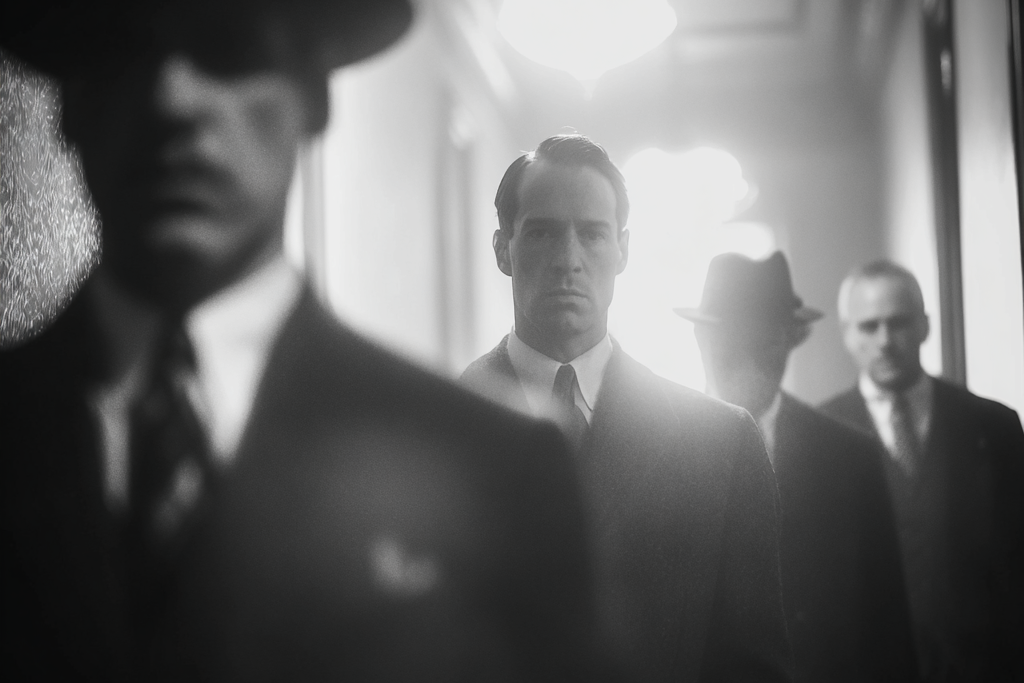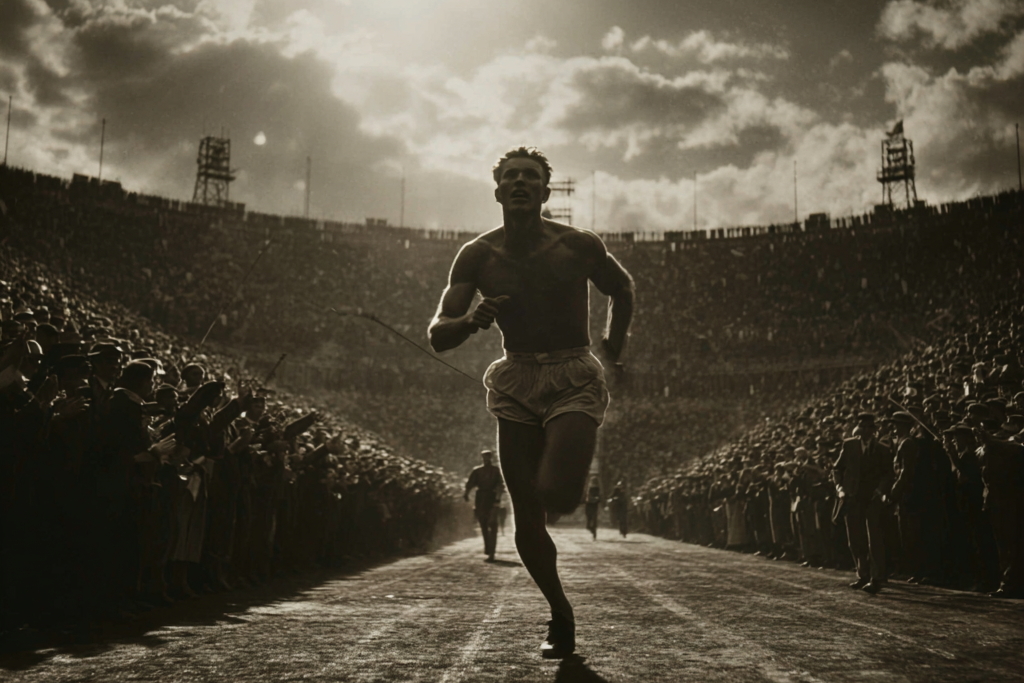The Decision-Making Framework Hormozi, Naval, and Bezos Use When There’s No Turning Back
Elite founders don't make perfect decisions—they systematically match process to decision type.

When there's no turning back, three mental models separate clarity from chaos
Some decisions you can undo. Others permanently alter your trajectory.
Elite founders recognize the difference—and approach each with radically different frameworks.
Alex Hormozi calls them "asymmetric bets." Naval searches for "one-way doors." Bezos distinguished "Type 1 vs Type 2 decisions."
Different names. Same insight: irreversible decisions demand different processes.
The Bezos Filter: Type 1 vs Type 2
Type 1: High-stakes, nearly impossible to reverse → Move slowly, analyze deeply
Type 2: Low-stakes, easily reversible → Move fast, iterate quickly
Amazon's growth came from reserving careful analysis for Type 1 while empowering speed for Type 2. Confuse them, and you either kill innovation with analysis paralysis or destroy the business with reckless choices.
The Three-Question Framework for Type 1 Decisions
Before making any irreversible choice, work through:
1. Map What Becomes Permanent
- Which doors close forever?
- What resources become unrecoverable?
- How does market positioning shift?
- Which future paths disappear?
2. Hunt for Blind Spots
- What contradictory data exists?
- Who has navigated this before?
- How will you judge this in 5 years?
- Which assumptions are untested?
Urgency kills judgment. Create distance when stakes are permanent.
3. Stress-Test Downside Resilience
Can you survive if wrong? If not, it's not strategy—it's gambling.

Naval's Time Compression Test
"If it will be obvious in 10 years, be decisive today."
Most "difficult" irreversible decisions only feel unclear because you're too zoomed in. Transformative changes appear uncertain up close but inevitable from distance.
Examples:
- Moving online (obvious by 2010, smart in 2000)
- Mobile-first design (obvious by 2015, smart in 2010)
- Remote infrastructure (obvious by 2022, smart in 2018)
Hormozi's Asymmetric Filter
"What bet has limited downside with uncapped upside?"
Irreversible doesn't mean high-risk. The best permanent decisions create asymmetric payoffs:
- Bounded downside: Know maximum loss
- Exponential upside: Success compounds
- Favorable probability: Math supports action
Examples: hiring exceptional talent, entering new markets early, building proprietary technology.

Implementation Protocol
- Classify first: Type 1 or Type 2?
- If Type 1, slow down: Work through the three questions
- Apply filters: Use Naval's 10-year test and Hormozi's asymmetric analysis
- Document reasoning: Capture decision context for future reference
- Monitor indicators: Set early warning systems
The Compound Advantage
Elite founders don't make perfect decisions—they systematically match process to decision type.
Better Type 1 choices create favorable conditions for future decisions. Faster Type 2 iterations accelerate learning.
The result: a decision-making system that improves over time.
Ready to join executives who choose signal over noise? Subscribe to The Executive Insight for weekly tactical briefings designed for leaders who execute through clarity, not chaos.





